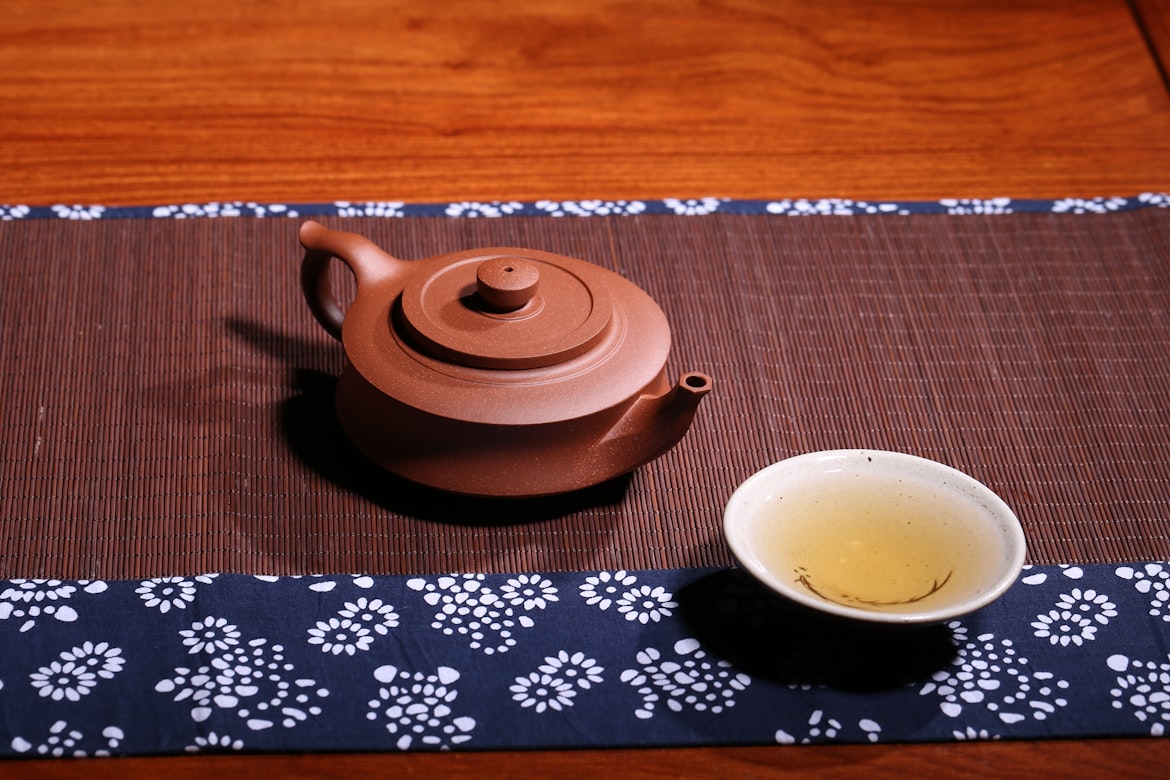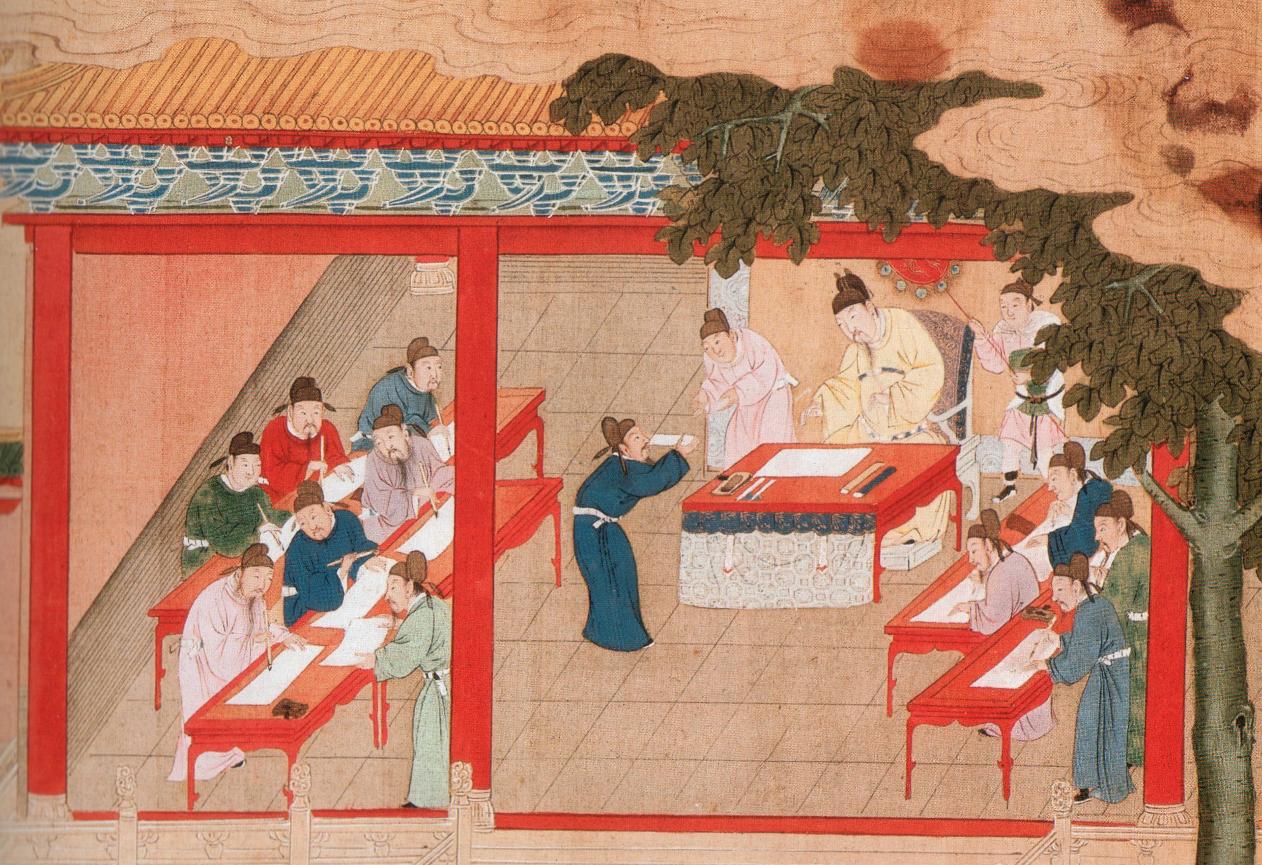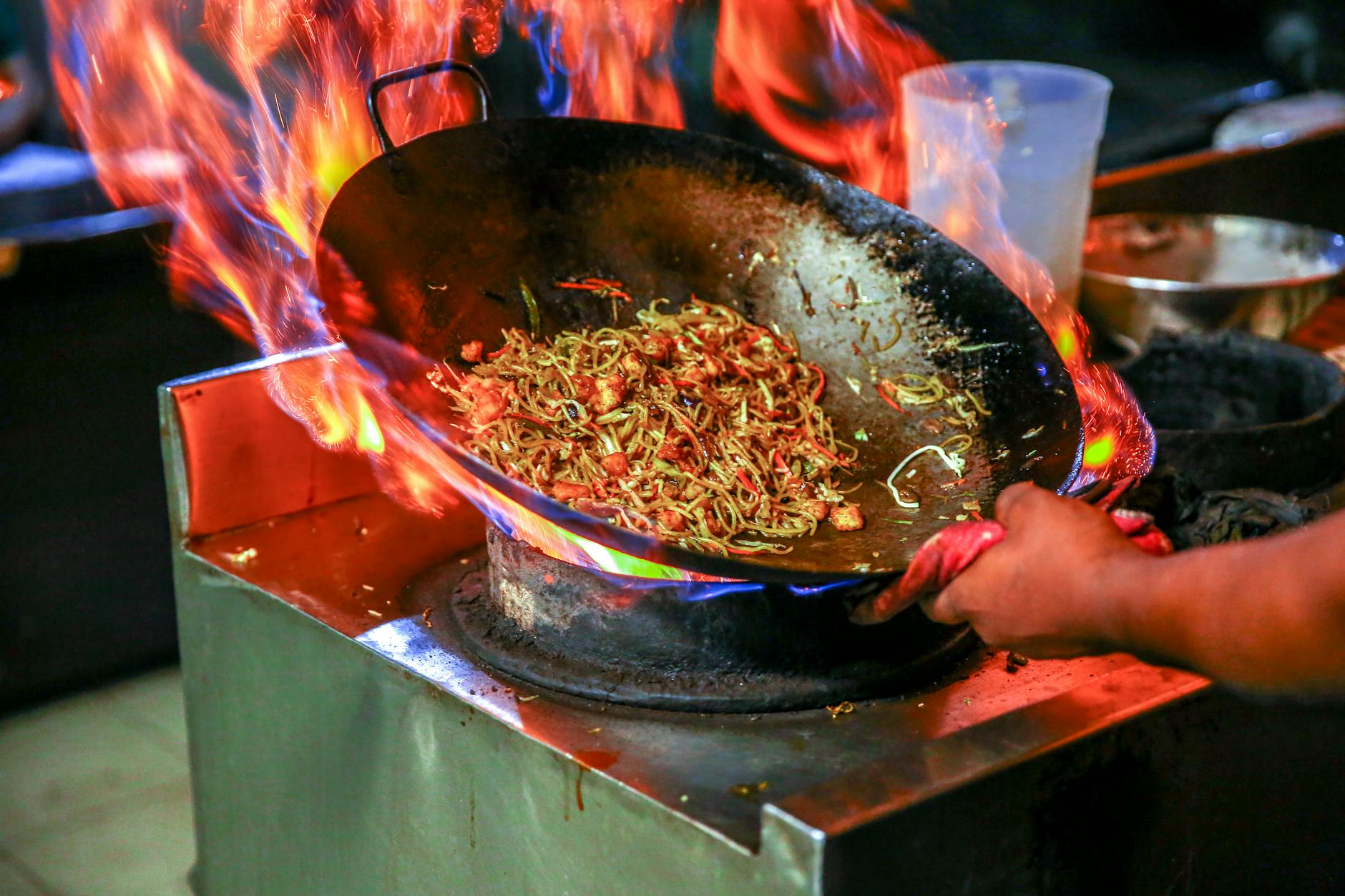History of China spans more than 4,000 years since the mythical Xia dynasty all the way to modern nation of China. Throughout the ages, Chinese civilization has produced some of the most sophisticated inventions that would change our world forever. Here they are:
1. Paper Making
 |
| Padrinan/ Pixabay |
Ancient civilizations used clay, papyrus, leather, stone, marble, and bamboo to write down their records. But it changed when a Chinese court official named Cai Lun invented the method of paper making in 105 CE. China kept it as secret for centuries until 751 CE, when the Arabs captured two Chinese paper makers and learned how to produce it themselves.
Since then, paper has spread to Baghdad, Damascus, and other Middle Eastern cities until it finally reached Europe and the rest of the world, dramatically accelerating the transmission of knowledge, beliefs, and ideas in nearly every culture.
2. Compass
 |
| Ming Marine Compass/ Wikipedia |
The magnetic device was first invented during Han dynasty some 2,000 years ago for feng shui and fortune telling purpose. By 9th century, Chinese sailors began using compass for navigation, opening a new world of sea exploration. This game-changing invention is thought to spread to Europe via the Muslim world, encouraging the sailors to reach new horizons and create new sea routes most cultures never touched before.
3. Gunpowder
 |
| Wubei Zhi/ Wikipedia |
The first record of gunpowder can be found in the work of Wei Boyang, the Chinese "father of alchemy" around 142 CE. As early as 10th century, the Chinese military has utilized gunpowder for fire arrows and rockets. Within the next few centuries, new gunpowder-based weapons had been invented, including powerful bombs and cannons.
The knowledge of gunpowder arrived in the Muslim world possibly via India route. They called saltpeter, an ingredient of gunpowder, as "Chinese snow". And by 14th century, gunpowder had been shaking the city walls and crumbling kingdoms as far as Europe, Africa, and Southeast Asia.
4. Silk
_by_Emperor_Huizong.jpg/800px-Court_ladies_pounding_silk_from_a_painting_(%E6%8D%A3%E7%BB%83%E5%9B%BE)_by_Emperor_Huizong.jpg) |
| Museum of Fine Arts/ Wikipedia |
One of the world's most luxurious fabrics in history, silk has been produced in China since 6,000 years ago. The world came to know the prized fabric as China began exporting it through the Silk Road.
Civilizations including Persia and Greece are known to have a fond of silk, and its trade played important economic role throughout the ancient world. After being kept within the Chinese territory for thousands of years, silkworm cultivation finally spread to Japan, Byzantium, and then the rest of the world.
5. Printing
 |
| British Library's Online Gallery/ Wikipedia |
A legend in 5th century tells the story of a man named Gong Xuanyi who claimed that a deity gave him a magical jade block capable of writing down a large number of characters on paper in one stroke. This is thought to be the first paper printing device ever. By the 7th century, the Buddhists of Tang dynasty has developed woodblock printing to duplicate fragments of mantra and holy texts.
In 11th century, Bi Sheng invented the movable type printing method. The printing device then spread to Korea and Japan, resulting in the booming production of books across East Asia. After being introduced to Europe by the Muslims of the Middle East, printing technology developed independently in Europe until the production of Gutenberg Bible and the beginning of European printing age.
6. Tea
 |
| Yoon hye/ Unsplash |
Tea has been the beverage of Chinese emperors since at least Han dynasty more than 2,000 years ago. Since then, the art of tea preparation has evolved, with new technique and tradition appeared in almost every dynasty. By 6th century, tea has spread to Japan and Korea where it was quickly adopted along with the preparation ceremony.
Eventually, the Europeans found their way to China and brought tea to other parts of the world. Today, tea plantation can be found in nearly every continent, and tea has become the national drink of many countries, including England, India, Japan, and Afghanistan.
7. Banknote
 |
| Jiaozi/ Wikipedia |
The first paper currency was developed among the merchants of Tang dynasty in 7th century. Metal coins can be very heavy to carry, especially for rich merchants. So they started using a note stating the amount of money if there is a large transaction. By 12th century, the imperial government has issued official banknote to be circulated across China.
Similar notes had been adopted in the Middle East and Europe since 12th century, when merchants and pilgrims brought note instead of actual coins during long trip for security reason. These kinds of note would evolve over the centuries into what we know today as paper money.
8. Civil Service Examination
 |
| Song dynasty palace examination/ Wikipedia |
Written examination for bureaucrat candidates has been practiced in China since at least Tang dynasty in 7th century. It aimed at selecting officials based on merit rather than on family relation. A complex system was developed over hundreds of years, including the terms and procedures, institutions, and degree.
This practice first spread to the court of neighboring countries: Japan, Korea, and Vietnam. During the Enlightenment Age of Europe, Chinese imperial examination became known in the Western World through the work of Matteo Ricci, attracting large attention from European thinkers such as Voltaire, Montesquieu, and Goethe for its meritocratic nature. This is thought to have challenged the monarchy system in Europe, leading to reformation in the recruitment and training of bureaucrats.
9. Fireworks
 |
| nck_gsl/ Pixabay |
The first fireworks exploded above the Chinese cities as early as Song dynasty in 12th century. There is report that a large fireworks performance was held at the court of Emperor Huizong. A century later, the knowledge of fireworks and rocket had been acquired by Arabs along with gunpowder. A 13th century Syrian engineer named Hasan Al-Rammah described fireworks as "Chinese flower".
The method of fireworks production spread further to India and Europe. The Mughal court is known to celebrate Diwali with festive fireworks. By 18th century, fireworks display had become popular in European cities such as London and Paris.
10. Wok
 |
| Prince photos/ Pexels |
One of the most popular cooking utensils in Asia was invented in China sometimes during Han dynasty 2,000 years ago. But the modern method of stir-frying with wok perhaps started to be practiced only 500 years ago during Ming dynasty.
Until early 20th century, cooking with wok and oil was still considered a luxury as most people in Asia continued to use boiling, steaming, and grilling methods for cooking. But today, the use of wok has spread to nearly every kitchen in Asia and beyond, opening a new world of culinary with thousands of new recipes.
If you know other interesting Chinese inventions and innovations, don't hesitate to tell us in the comment section.


.png)
.png)



0 Comments